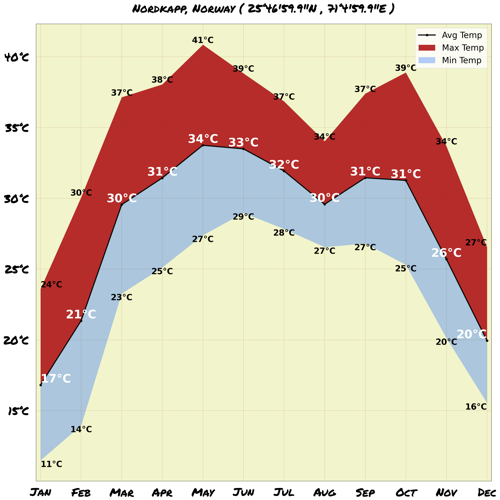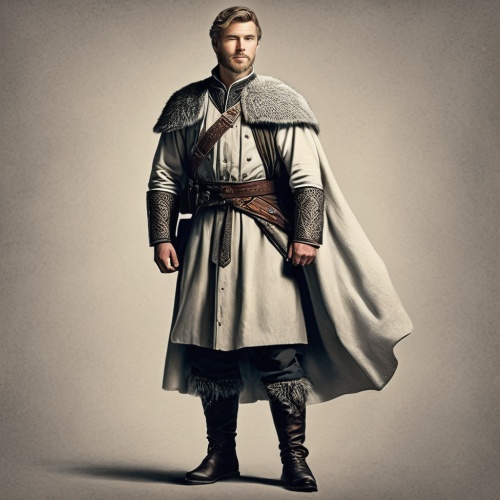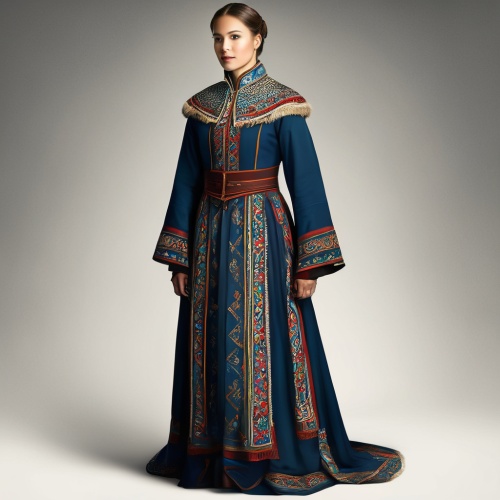Understand
The North Cape, also known as Nordkapp, has always been a prominent and essential landmark for sailors and explorers. Its history dates back to the 16th century when English commander Richard Chancellor first passed by and named the cliff Nordkapp. However, it wasn't until 100 years later that the first adventurous traveler, Italian priest Francesco Negri, successfully reached the plateau after an incredible journey involving walking, boating, horseback riding, sledding, and skiing.
In the 18th and 19th centuries, traveling to Nordkapp was a thrilling and rather costly adventure, attracting notable figures such as Prince Louise Phillippe of Orleans, King Oscar II of Norway and Sweden, King Chualalonkorn of Thailand (who carved his name into a rock on the plateau), and Emperor Wilhelm II of Germany.
In 1875, London Travel agent Thomas Cook organized the first group trip to Nordkapp, an arduous journey that required rowing boats and a challenging ascent up a steep ravine. The plateau began to see the construction of modest wooden structures, including the famous "Stoppenbrink's Champange Pavilion."
Map & Climate
Popular Foods
 Rakfisk - This traditional Norwegian delicacy consists of small, raw, salted and cured fish, typically trout or char, which are fermented in a mixture of salt and water. The process can last anywhere from 6 weeks to several years, resulting in a strong, pungent flavor.
Rakfisk - This traditional Norwegian delicacy consists of small, raw, salted and cured fish, typically trout or char, which are fermented in a mixture of salt and water. The process can last anywhere from 6 weeks to several years, resulting in a strong, pungent flavor.






Comments
NO COMMENTS